Komoro Municipal Folk Museum
This building stands near the Keizo Koyama Memorial Hall.
The curtains are closed, and there is no sign of business.
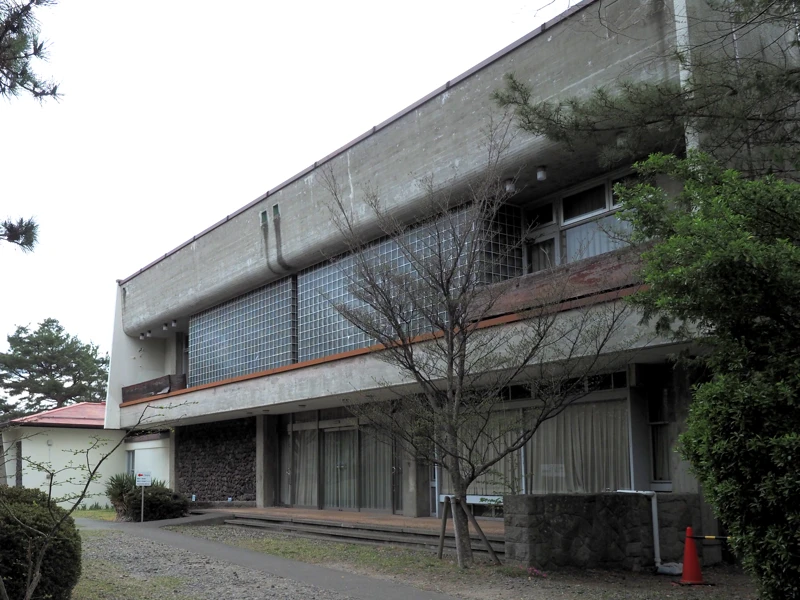
A nearby information board says “Folk Museum,” but there is a sign attached to it that says the museum is “Closed".
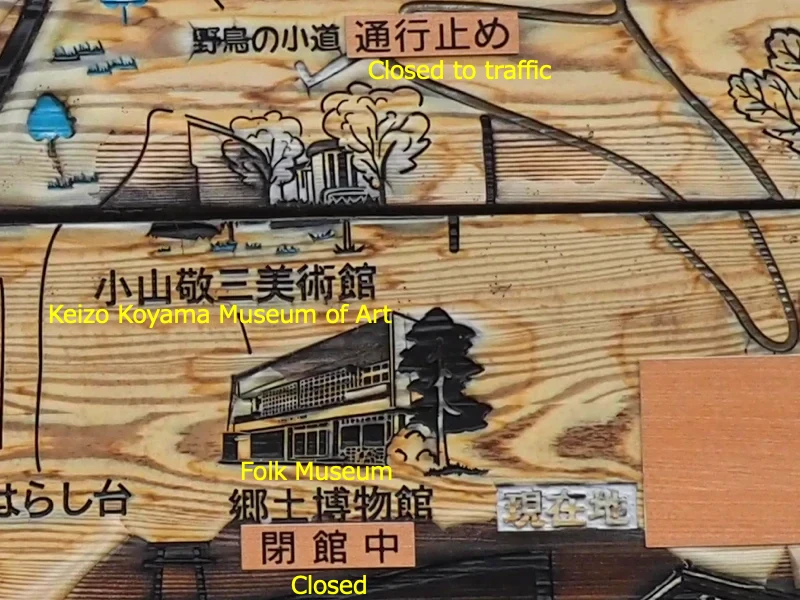
There is no other signage at the site, so it is impossible to learn anything about this building.
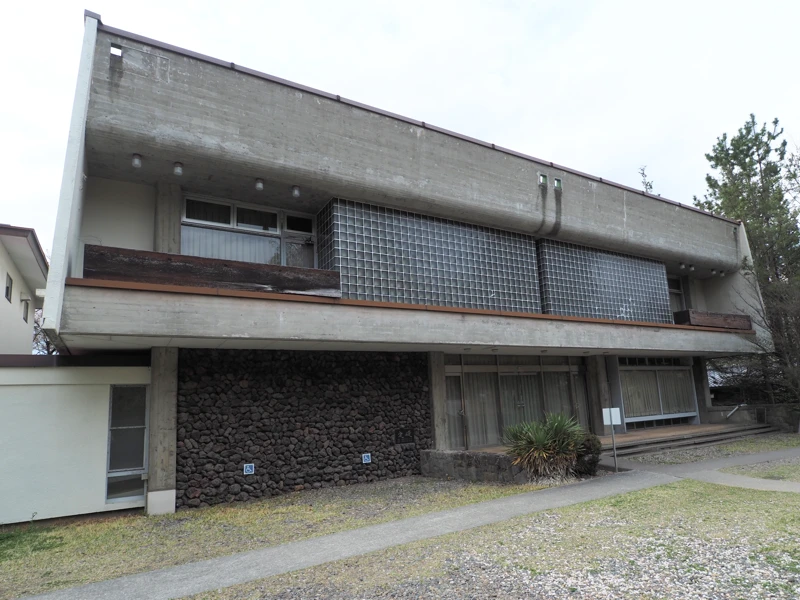
A plaque engraved with “foundation stone” is attached to the stone-piled wall, and it says “Construction started in November Showa 42, completed in March Showa 43”, which indicates that the building was completed in 1968.
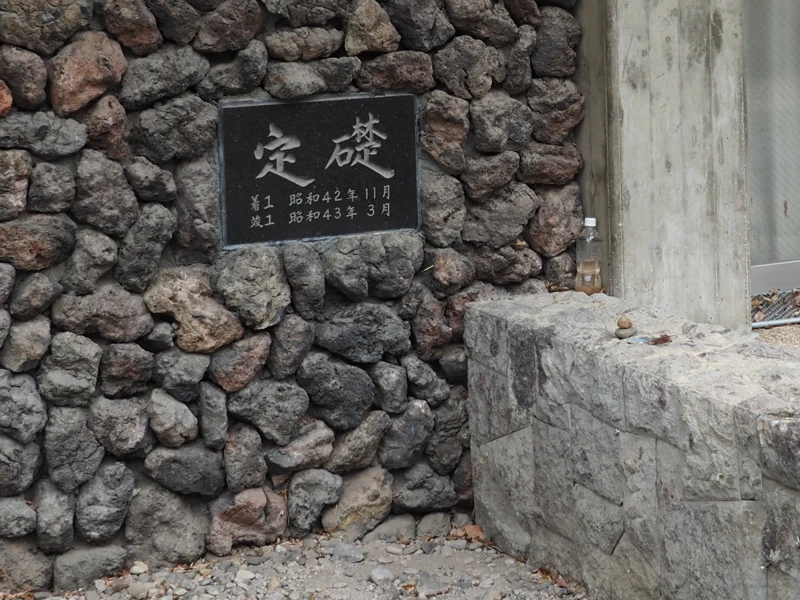
Searching for the Komoro Municipal Folk Museum on the Internet, I found in the archives that the past official website of the city of Komoro stated that the museum was closed from April 1, 2009. It seems that the museum was not completely closed at that time, and group tours were accepted upon request.
However, currently we cannot find any mention of the museum on the official website of the city of Komoro.
It seems that for a time (from 2013), a research room for ancient documents was located in this building, but that has now been moved to another location (a building that used to be a temporary library).
It is likely that this building is no longer used at all.
Looked into the origin of this building, and searched for information about it, I found out that the building was first opened as a “volcano museum".
Komoro City Volcano Museum
“The museum, which is rare in Japan, was built near Kaiko-en Park, where visitors can view Mt. Asama. The purpose of establishing the museum was to introduce how the volcanic activities of Mt. Asama have affected the lives of the people living in the mountainside with a wealth of folklore materials, and to let many people know about volcanic activities themselves through models and photographs."
(From “The Museum in Shinano” 1968)
Komoro City Volcano Museum
“The museum is known as one of the best volcano museums in Japan for its abundance of actual materials and documents. The museum uses dioramas and motorized panoramas in abundance, making advanced studies easy to understand for elementary and junior high school students. In particular, the rock garden, which took three years to create, is unrivaled in its content and scale.
The rock garden awaits visitors as they step outside the museum. One of the most notable features is that all the collected rocks are arranged according to their topography, showing what kind of lava the Asama mountain range is made of. (omission) The second is the display of specimens of igneous, metamorphic, and intrusive rocks according to their classification systems."
(from “The Museum for Fathers and Children" 1976)
I was just looking at the rows of rocks in front of the museum without thinking about it, but it was actually an exhibit of the Volcano Museum. I finally understood.
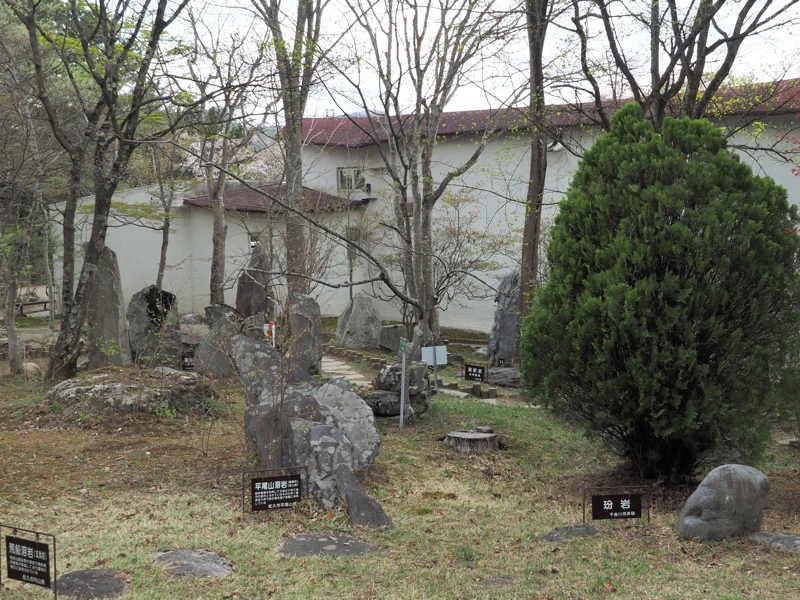
The explanation board of the rock garden still stands today.
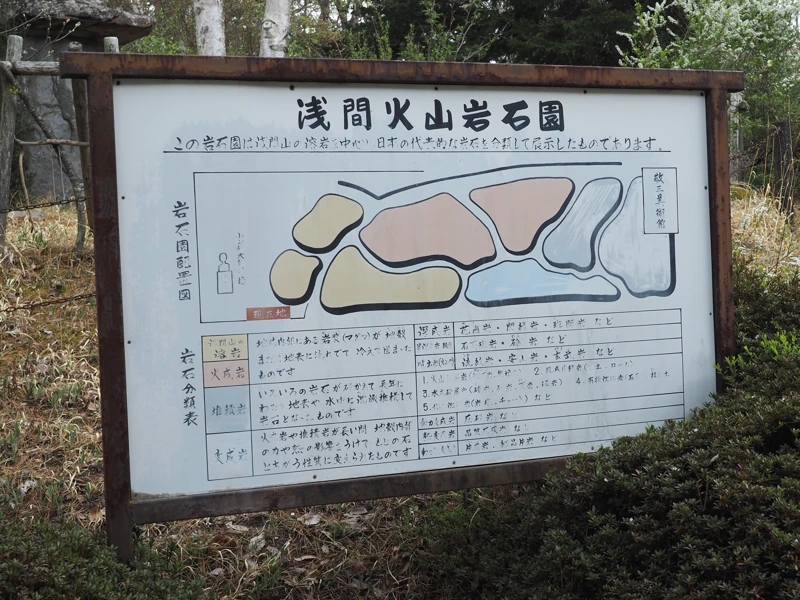
Mt. Asama is still active. Let’s take a look at some of its activities after World War II.
In the eruption of 1947, nine climbers were killed.
In 1950, a large explosion occurred in September.
From 1953 to 1955, the volcano erupted several times almost every month, and volcanic dust sometimes spread to the southern Kanto region.
In 1958, the volcano was active from October to December, with a major explosion in November that produced pyroclastic flows.
In 1959, the volcano continued to erupt one to a dozen times a month, and in April, numerous wildfires were caused by cinders of volcano.
In 1961, a large explosion and pyroclastic flow occurred in August; eruptions continued from August to November, with widespread cinders and volcanic dust. One person was reported missing.
It was under these circumstances that the museum was established.
In December 1964, a preparatory committee for the establishment of a volcano museum was formed in the Komoro City Office.
More than 200 private citizens cooperated in providing not only volcano-related materials but also historical and folklore materials. Some of them provided more than 1,000 items of materials.
The building was completed in March 1968 and opened as a museum on August 12.
It is a two-story reinforced concrete building with a total area of 661.47 m2, and the construction cost was 19.88 million yen.
It was designed by Maruyama Architectural Design (by “Public Architecture", September 1976), but I could not find out where the company was located.
Since this is a volcano museum, they must have used stone for these walls.
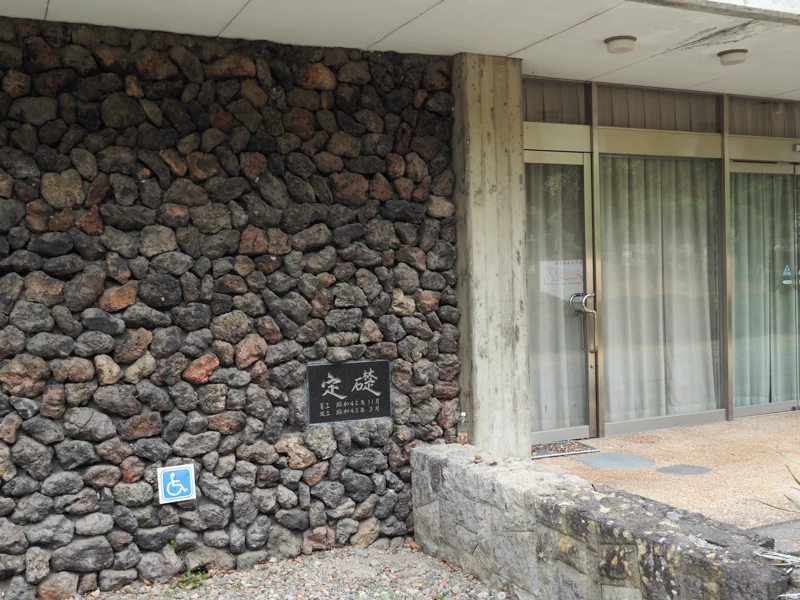
It is said that four telescopes were installed on the roof so that visitors could observe Mount Asama and other surrounding landscapes.
But.
The Volcano Museum was opened in this way, but after 20 years, its name was to disappear. It was renovated and reopened as the Folk Museum on April 20, 1988. In addition to the existing materials on Mt. Asama, the exhibits focused on the history of Komoro City, such as earthenware, armors, and folk tools.
Since the Volcano Museum opened, Mt. Asama has erupted in 1973, 1982, and 1983. During the other periods, there were earthquakes but no eruptions. One of the reasons for changing the museum may be that eruptions and volcanic earthquakes have become less frequent than before the museum opened.
The Komoro Municipal Folk Museum, which was renovated and opened to the public, also stopped being open to the public after about 20 years.
While the museum was closed, it was open to visitors upon request, but it appears that there was little use of the museum.
There was some discussion at a city council meeting around 2016 about the museum’s use, but I could not find any specifics about what was discussed.
However, the following proposal was submitted to the regular meeting of the Komoro City Council in March 2018.
“Proposition No. 28: An ordinance repealing the ordinance of the Komoro Municipal Folk Museum."
The proposal to repeal the ordinance was submitted and passed because the reopening of the local museum is not expected.
With this, the folk museum was abolished.
Although I have not heard any discussion on what will be done with the building, I suspect that it will eventually be demolished.
[Reference] (all written in Japanese)
“The Museum in Shinano" (Shinano Mainichi Shimbun Research and Publication Department, ed / Shinano Mainichi Shimbun / 1968)
“The Museum for Fathers and Children" (Fuji Shoten / 1976)
“Saku Fudoki: Komoro City, Saku City, Kita Saku County, Minami Saku County" (Kyodo Shuppan / 1983)
“Museum Research" May 1989 (Japan Museum Association ed. / 1989)
“Asama Volcanic Activity since the History of Mt. Asama" (JMA website)
“Komoro City Council Newsletter: March Regular Meeting" (2018.04.25)
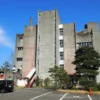
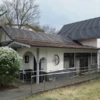
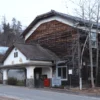
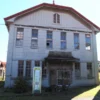
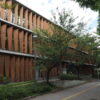
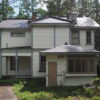
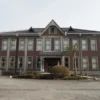
Discussion
New Comments
No comments yet. Be the first one!